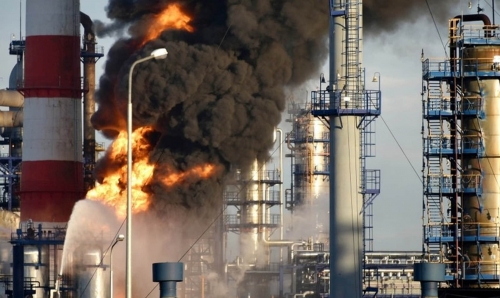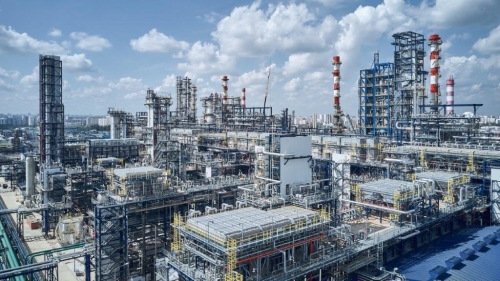OPEC's oil production jumped in May, despite the exporter group agreeing last month to extend its six-month deal to cap output into 2018.
Production across OPEC rose by about 336,100 barrels per day to 32.1 million bpd, according to secondary sources, led by increases from Libya and Nigeria, which are exempt from the deal, and Iraq.
Output from Libya surged by more than 178,000 bpd to 730,000 bpd as the country's rival factions moved toward reconciliation, and supplies disrupted throughout years of conflict remained on line.
In Nigeria, production was up more than 174,000 bpd to 1.68 million bpd as supplies sidelined by militant attacks on energy infrastructure last year came back into operation. With the gain, Nigeria reclaimed the title of largest African producer in OPEC from Angola, where output fell by 54,000 bpd, the biggest drop among the 13 members in May.
Iraq, OPEC's second-largest producer, contributed the third-biggest increase with a more than 44,000 bpd jump. Baghdad has yet to cut deeply enough to hit its quota of 4.35 million bpd under the output cut deal. In May, it produced 4.42 million bpd.
Only four countries were producing at or below the levels they agreed to in November: Saudi Arabia, Angola, Kuwait, and Qatar.
Last month, OPEC and other exporters extended an agreement to remove 1.8 million barrels a day from the market in order to shrink brimming global stockpiles of crude oil. In May, inventories in the OECD, a group of mostly wealthy countries, remained 251 million barrels above the five-year average.
Despite this, OPEC struck a fairly upbeat note on the global economy.
"The gradual recovery of the world economy continues and stronger-than-anticipated growth in 1Q17 has lifted the world GDP growth forecast for 2017 to 3.4%, up from the 3.1% growth seen in 2016," OPEC said. "This positive momentum is expected to continue into the second half of the year."
OPEC also revised down its forecast for non-OPEC oil supply growth this year by 110,000 bpd to 58.14 million bpd.
Still, growth in U.S. oil production alone is expected to outstrip much of the jump in global demand this year.
OPEC projects total global demand will grow by 1.3 percent, or 1.27 million bpd. Meanwhile, U.S. supply is seen growing 5.8 percent, or about 800,000 bpd.

%20(1).png)



